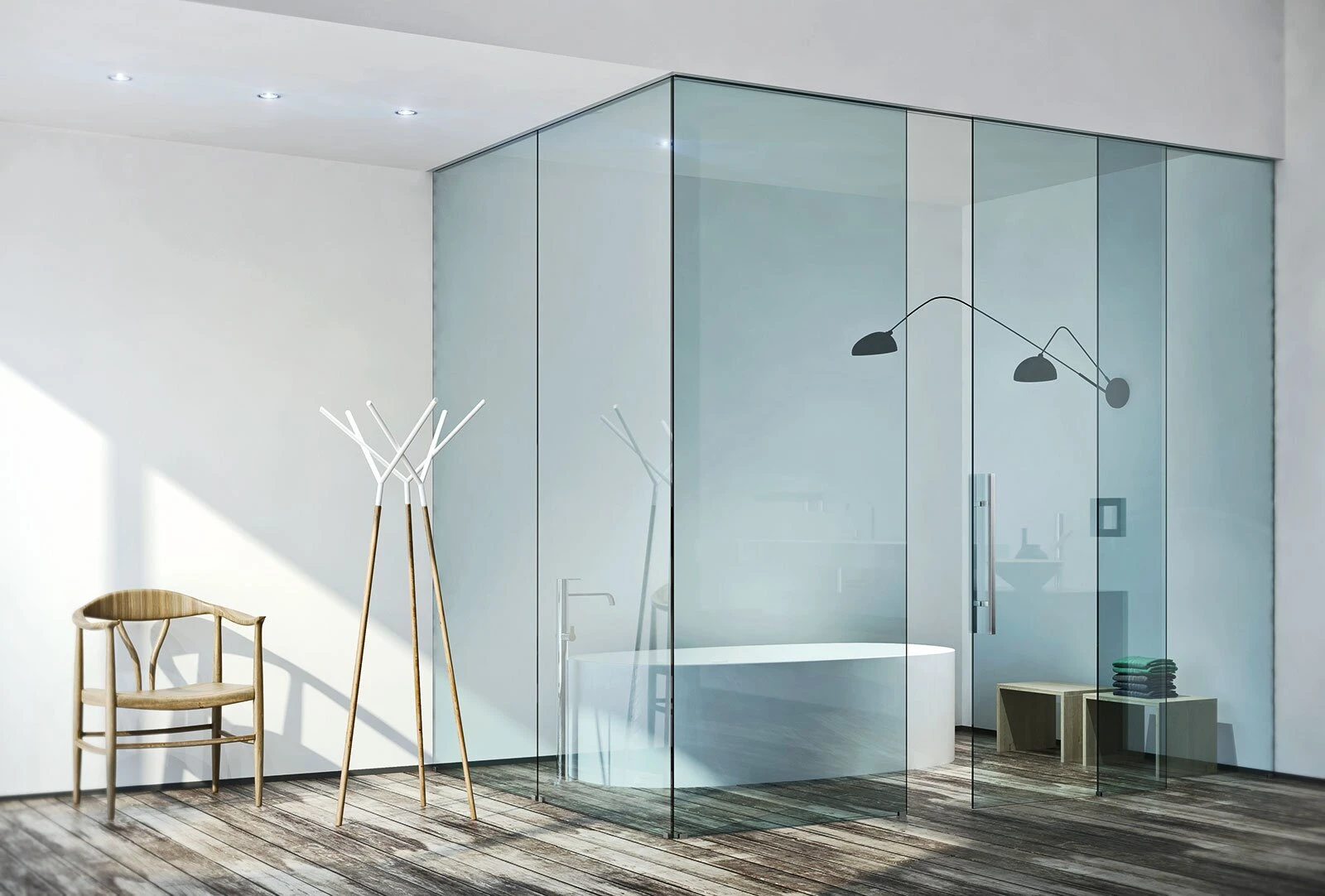

The Benefits and Applications of Low-E Tinted Glass
In today's world, where energy efficiency and sustainable building practices are becoming increasingly important, low-emissivity (Low-E) tinted glass has emerged as a popular choice in both residential and commercial construction. This type of glass not only enhances the aesthetic appeal of buildings but also contributes significantly to energy savings and environmental sustainability.
Low-E tinted glass is designed to minimize the amount of infrared and ultraviolet light that passes through it, without compromising the amount of visible light. The “low-E” refers to the low emissivity of the glass, which is achieved through a special coating. This coating reflects heat back to its source, effectively keeping indoor spaces cooler in the summer and warmer in the winter.
The Benefits and Applications of Low-E Tinted Glass
Moreover, low-E coatings can block up to 99% of harmful ultraviolet (UV) rays while allowing visible light to enter. This characteristic is particularly beneficial in protecting interior furnishings, artwork, and flooring from fading due to sun exposure. For homeowners, this means that valuable possessions can be preserved longer, reducing the need for replacements and conserving resources.

The aesthetic appeal of Low-E tinted glass cannot be overlooked. Available in various colors and shades, tinted glass allows architects and designers to create visually striking buildings that stand out while maintaining energy performance. The tinted finish provides a sleek, modern look that can complement various architectural styles. Furthermore, it assists in reducing glare from sunlight, creating more comfortable interior spaces for occupants.
In commercial applications, Low-E tinted glass is particularly advantageous. Office buildings equipped with this type of glazing help create a comfortable working environment by regulating temperature and minimizing glare for employees. Additionally, the energy savings associated with Low-E tinted glass can positively impact a company’s bottom line, making it a wise investment in the long run.
Another important aspect of Low-E tinted glass is its contribution to sustainability. As global awareness of climate change increases, building systems that promote energy efficiency and resource conservation are crucial. By incorporating Low-E tinted glass into their designs, architects and builders can create structures that meet strict energy codes and certifications, such as LEED (Leadership in Energy and Environmental Design). These buildings not only have a lower environmental impact but can also attract environmentally conscious tenants and buyers.
In conclusion, Low-E tinted glass represents a significant advancement in the field of building materials. By combining energy efficiency, aesthetic appeal, and environmental sustainability, it offers a versatile solution for both residential and commercial applications. As construction trends continue to evolve toward greener practices, the use of Low-E tinted glass will likely become even more prevalent, making it a cornerstone in the development of energy-efficient buildings. Whether you are an architect, builder, or homeowner, considering Low-E tinted glass for your next project can lead to substantial economic and environmental benefits, showcasing a commitment to modern and sustainable living.